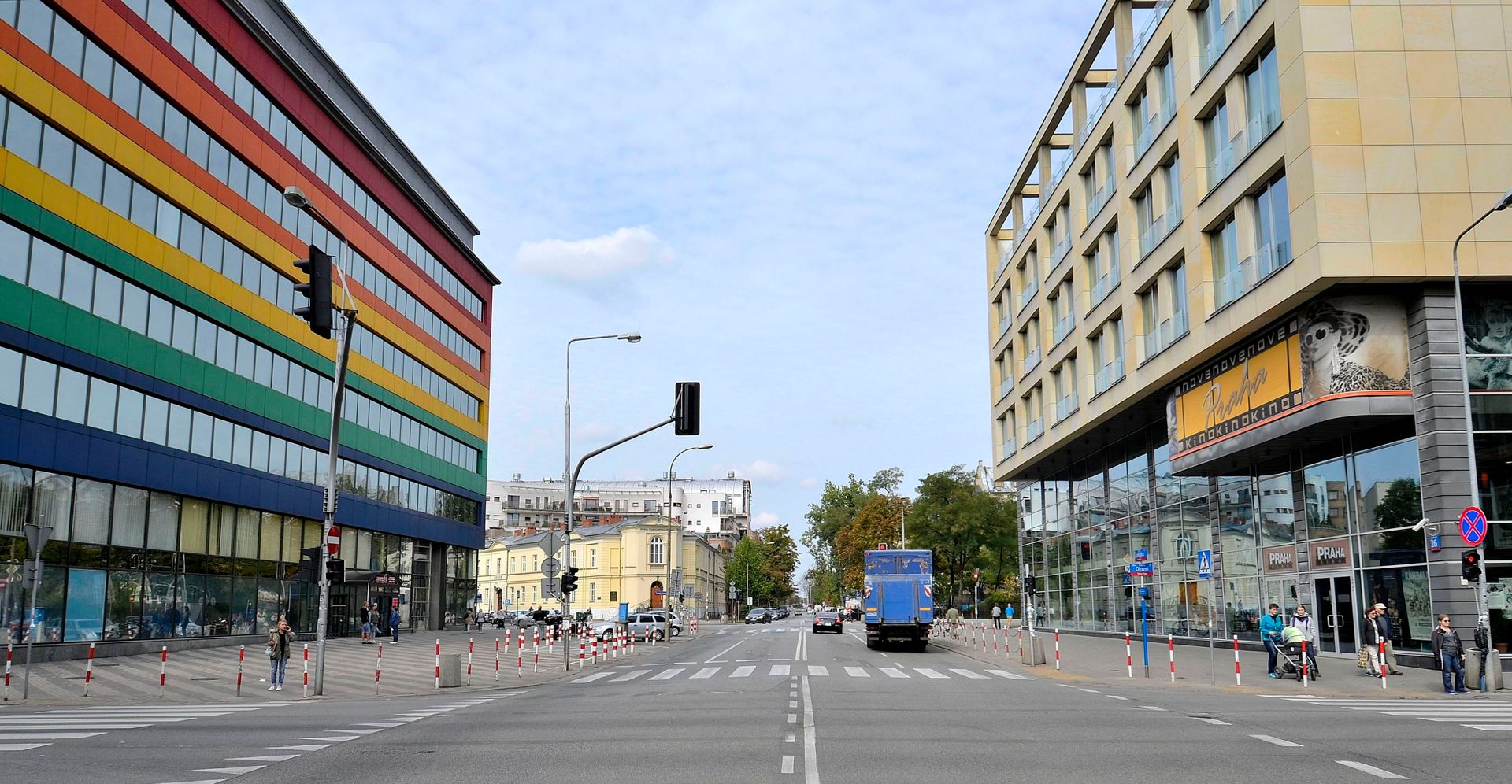Jagiellońska Street in Warsaw
6.61

Overview
Jagiellońska Street, located in the Praga-Północ district of Warsaw, boasts a rich history dating back to before 1762. Initially known as Szeroka Street, it formed the western frontage of the Skaryszew Market. Its wooden buildings were destroyed during the construction of fortifications in 1807. After 1815, attempts were made to rebuild the street, but significant changes came only with the construction of Śliwicki Fort between 1835 and 1836, after which it was linked with Modlińska Street. In the mid-19th century, following the construction of the new Kierbedź Bridge, part of Jagiellońska Street became Petersburska Street and later Moskiewska Street. During the interwar period, the street gained importance due to numerous care facilities and charitable organizations. World War II brought destruction, though a large part of the buildings survived, while the Germans occupied some of them. After the war, the street underwent a series of reconstructions; in the 1950s, new housing estates were built, and many historic buildings were demolished. Notable landmarks include the building of the Władysław IV General Secondary School No. 8, the Educational Building of the Warsaw Jewish Community, and the Centrum Praha. The street has undergone various modernizations, and since 2014, it has been part of provincial road No. 801. Interestingly, in the past, the area now occupied by the street was also home to a synagogue and the "Praha" cinema, which no longer exist. Jagiellońska remains an important point on Warsaw's cultural and historical map, blending traces of the past with modernity.
Location
Tickets
Powered by GetYourGuide
2025 Wizytor | All Rights Reserved